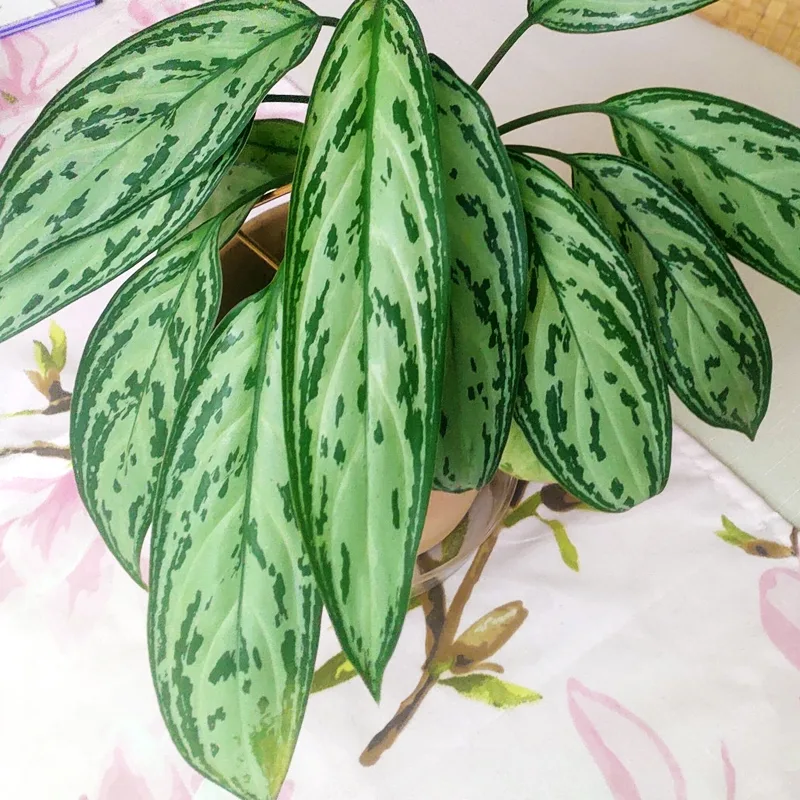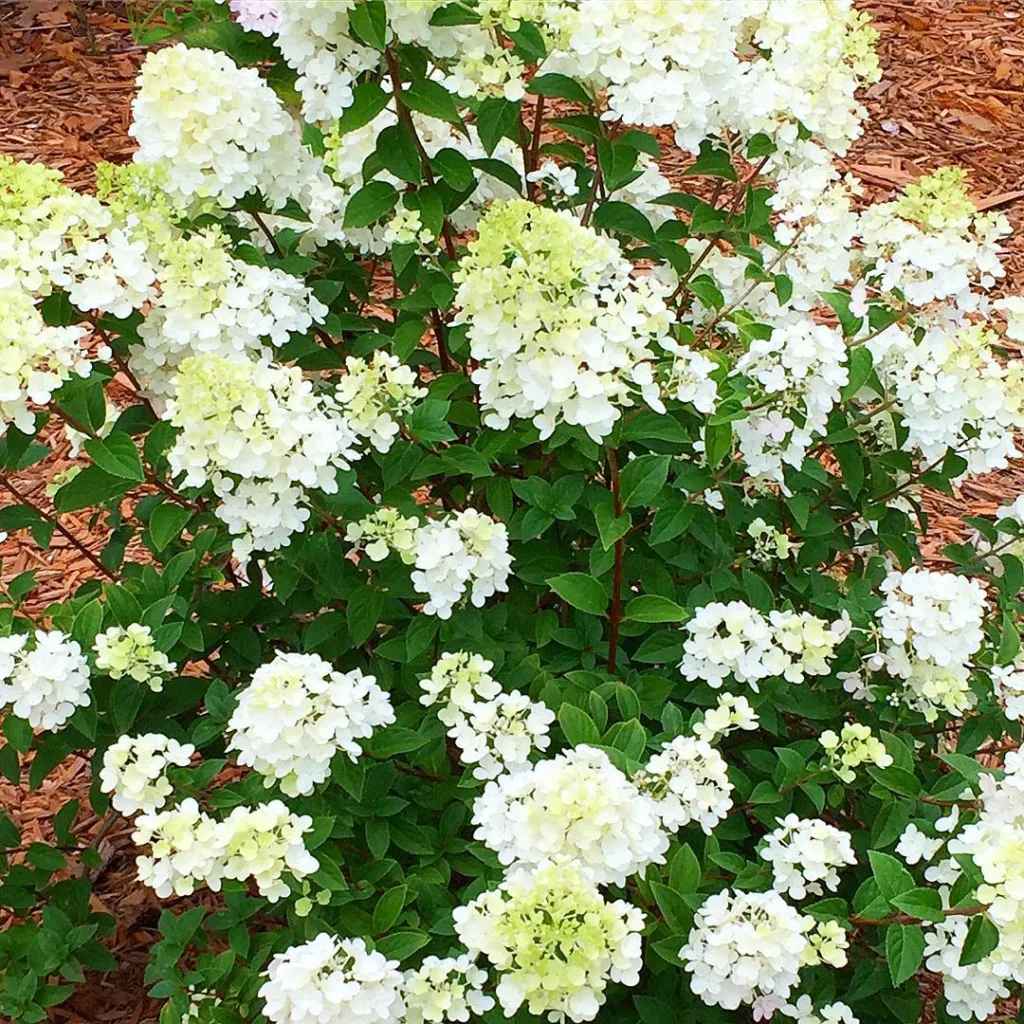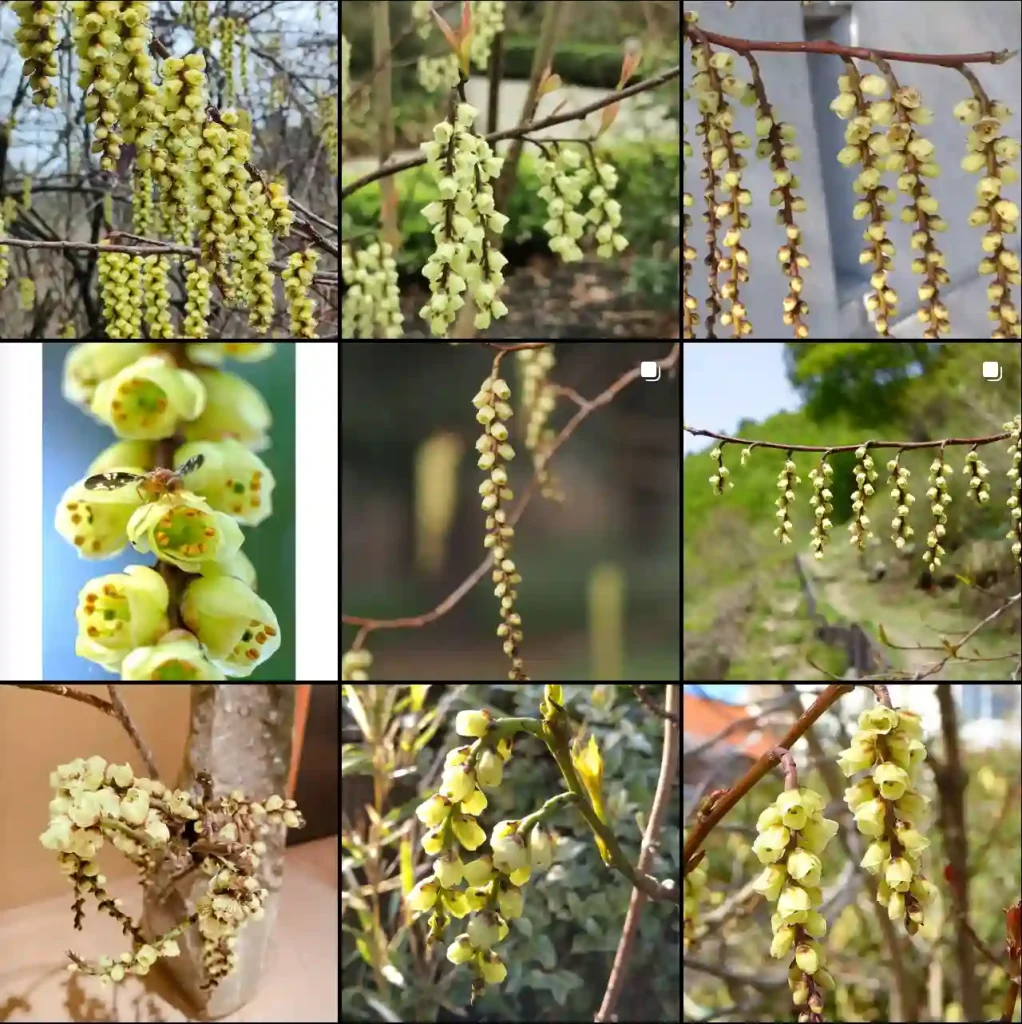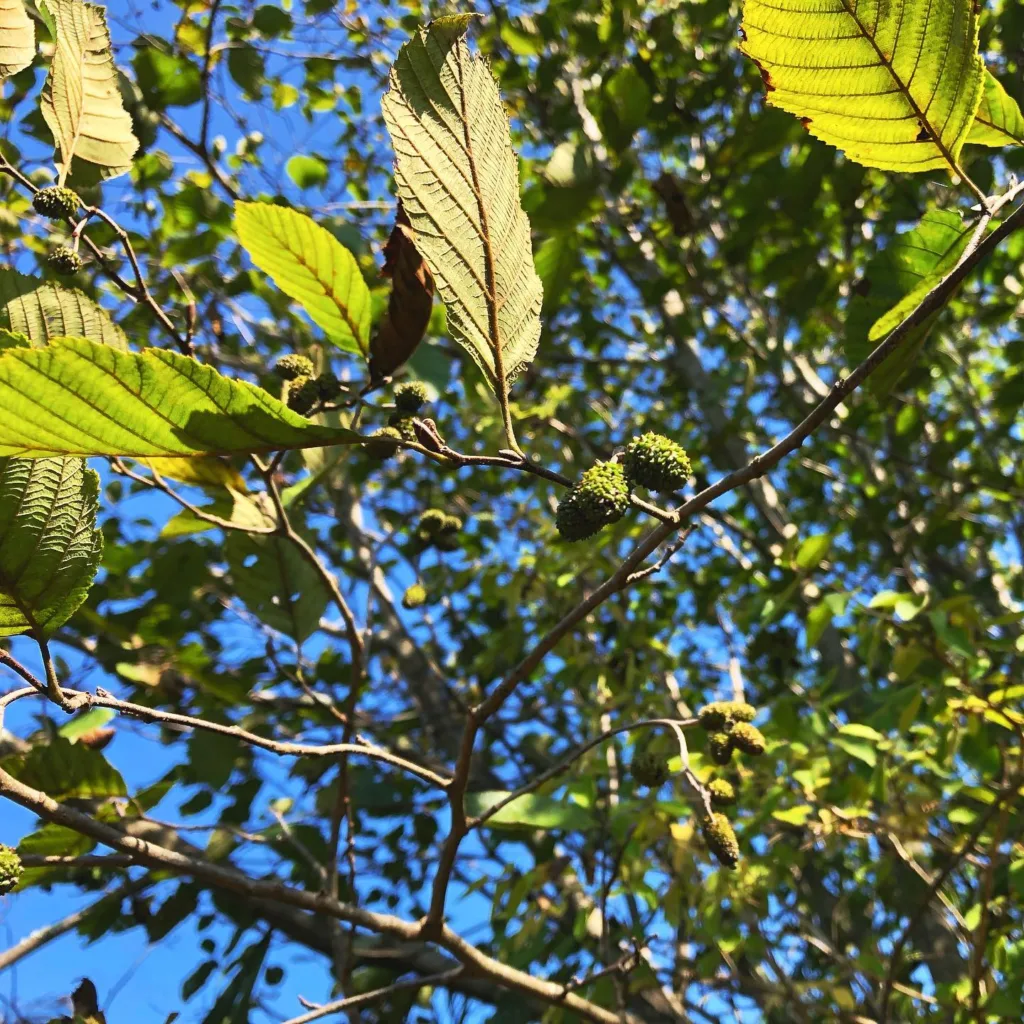FAQs about Mitchella Repens
Mitchella Repens, commonly known as Partridgeberry or Twinberry, belong to the Rubiaceae family, is a charming and versatile plant that’s increasingly finding its way into gardens and homes. I’ve had my fair share of experiences with this plant, so let me share some insights and answers to frequently asked questions about Mitchella Repens.
Plant Family: 616 Genera in Rubiaceae – Coffee Family
What is Mitchella Repens?
Mitchella Repens is a low-growing, evergreen ground cover native to North America. It’s known for its small, dark green leaves and its unique, red berries that appear in pairs. This plant thrives in shady, moist environments and is often used to create lush, green carpets in garden beds or as a decorative ground cover.
Where is Mitchella Repens Native?
Mitchella Repens is native to the eastern parts of North America. It can be found growing naturally in forests and woodlands, particularly in regions with acidic soils and moderate to high humidity. Its native range extends from the southeastern United States up to parts of Canada, where it adapts well to the cooler, shaded environments found in these areas.
How to Plant Mitchella Repens?
Planting Mitchella Repens is straightforward if you follow a few key steps. First, choose a location with partial to full shade, as this plant prefers lower light conditions. The soil should be well-drained but moist, ideally with a slightly acidic to neutral pH.
To plant, dig a hole that is about twice the size of the root ball. Place the plant in the hole, making sure it is at the same depth it was in the pot. Fill in with soil, and water thoroughly to help settle the soil around the roots. Mulching around the plant can help retain moisture and suppress weeds.
How to Care for Mitchella Repens?
Caring for Mitchella Repens involves a few key practices. Regular watering is essential, especially during dry periods, but be careful not to overwater as this can lead to root rot. While it’s relatively low-maintenance, occasional fertilizing with a balanced, slow-release fertilizer can promote healthy growth.
Pruning isn’t usually necessary, but you might want to trim back any overly vigorous growth to maintain the plant’s shape and encourage denser coverage.
How to Propagate Mitchella Repens?
Propagation of Mitchella Repens can be done through division or by taking cuttings. For division, carefully separate established clumps in early spring or fall, and replant the sections in new locations.
If you’re using cuttings, take a small section of the plant with at least one leaf node and place it in a pot with moist potting mix. Keep the cutting in a warm, humid environment until roots develop, which typically takes a few weeks.
What Pollinates Mitchella Repens?
Mitchella Repens is a self-pollinating plant, meaning it doesn’t rely on external pollinators like bees or butterflies. The flowers are designed to facilitate their own pollination, which increases the chances of fruit set even in the absence of pollinators.
Is Mitchella Repens Good for Dogs?
Mitchella Repens is generally considered non-toxic to dogs. This makes it a safe choice for gardens where pets are likely to roam. However, as with any plant, it’s always best to monitor your pets to ensure they don’t excessively chew on or consume large amounts of plant material.
What to Plant with Mitchella Repens?
Mitchella Repens pairs well with other shade-loving plants. Consider combining it with ferns, hostas, or astilbes for a rich, layered look. Its creeping habit also complements other ground covers like creeping thyme or moss, creating a lush, multi-textured landscape.
Can You Grow Mitchella Repens Indoors?
Mitchella Repens can be grown indoors, although it requires conditions that closely mimic its natural habitat. Place it in a cool, shaded area with high humidity and ensure it receives regular watering. It’s a bit less common as a houseplant but can thrive in a terrarium or indoor garden with the right care.
Is Mitchella Repens Toxic?
As mentioned earlier, Mitchella Repens is not toxic to pets or humans. This makes it a great choice for family gardens or indoor spaces where safety is a concern.
Benefits of Mitchella Repens
Mitchella Repens offers several benefits. It’s an excellent ground cover that helps suppress weeds and reduce soil erosion. Its evergreen foliage ensures year-round greenery, and the red berries add a splash of color in the fall and winter. Additionally, its adaptability to shaded areas makes it a valuable plant for challenging garden spots.
Common Problems with Mitchella Repens
One common issue with Mitchella Repens is root rot, particularly in overly wet or poorly-drained soils. Ensure proper drainage and avoid overwatering to prevent this problem. Additionally, it can be susceptible to pests like aphids and scale, so keep an eye out for any signs of infestations and treat them promptly.
Mitchella Repens is a versatile and attractive plant that can add value to a variety of gardening setups. Whether you’re planting it as ground cover, using it to complement other shade plants, or growing it indoors, it’s a resilient and visually appealing choice.
If i die, water my plants!



